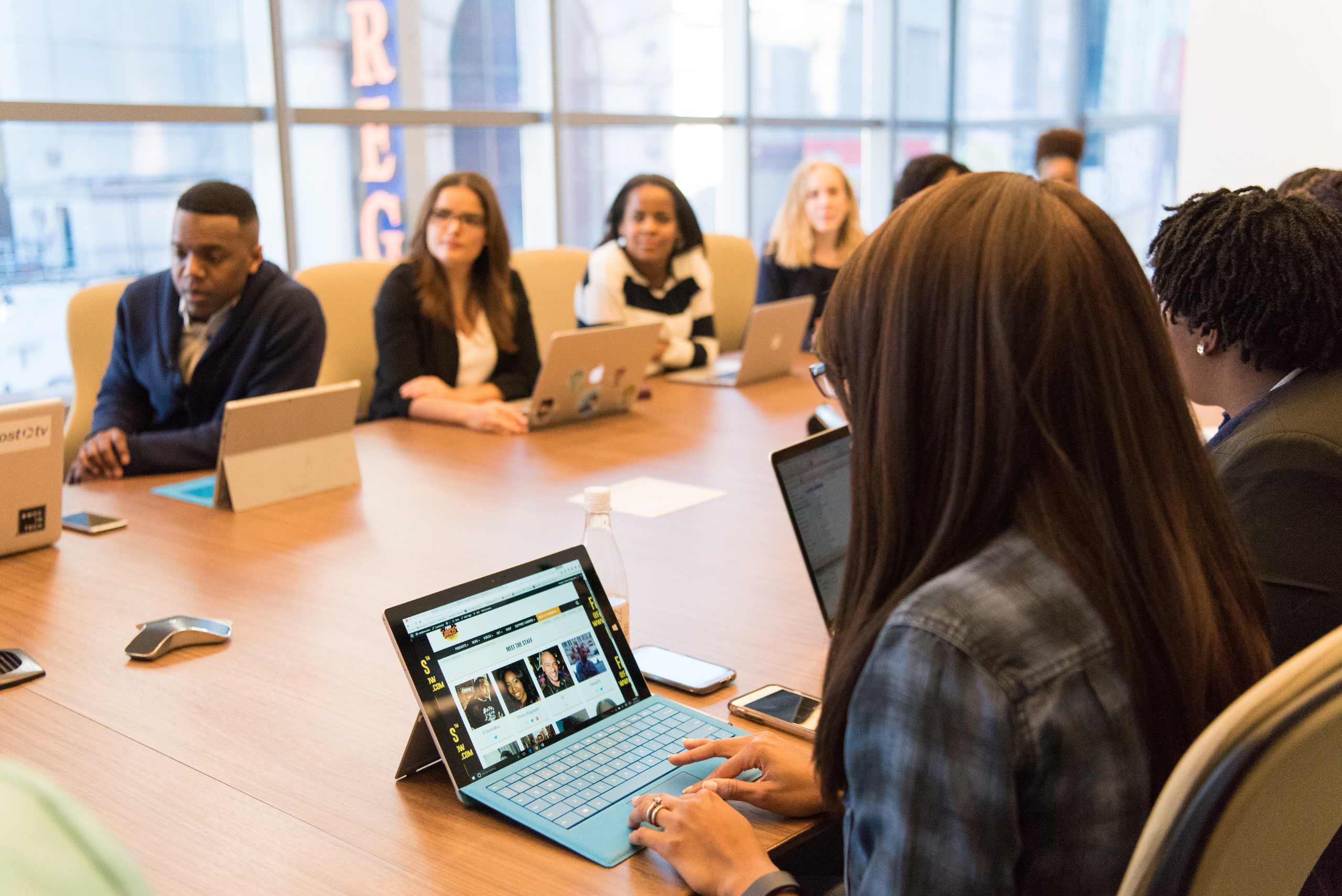Table of Contents
Students are the most important stakeholders in their individualised education programmes, and they can participate in annual meetings as early as kindergarten. The annual review meeting is an important element of the process for children having an individualised education programme (IEP). The IEP meetings once a year to evaluate a student’s performance and revise the original report. Although the IEP meeting team includes members of the family, professors, experts, and other parties, the most important member here in the IEP meetings is the student.
It is very important for a student to be present at his or her IEP meetings. It is also vital for them to participate in ways that work for them because IEP meetings help students build self-advocacy skills, develop a more in-depth understanding of their classification, and help them gain awareness of the modifications and accommodations they are receiving at their institution. Each student is different from one another and they have different strengths and weaknesses along with comfort levels and needs.
What Are The Different Types Of IEP Meetings?
There are 3 primary types of IEP meetings:
Initial:
The first session after a kid has been examined and determined to be qualified for special education and related services are the Initial IEP Meeting. This is usually held concurrently with the meeting to determine eligibility.
Annual:
Once per year, the Annual IEP Meeting is conducted to evaluate the progress and amend the IEP.
Triennial:
Once every three years, the Triennial IEP Meeting is held. Students must be assessed every three years to check if they are still eligible for special education and related services under the federal Individuals with Disabilities Education Act (IDEA).
Parents are asked to attend an additional number of IEP Meetings:
Continuation:
When there isn’t enough time to finish the IEP meeting, a continuation meeting is held.
Amendment:
An amendment meeting is held to address a specific issue or make a modest change to the IEP meetings.
Transition:
When a pupil “graduates” from one educational environment to another, transition meetings are arranged. Preschool to kindergarten, elementary to middle school, and middle school to high school are some examples of transition IEP meetings.
Now that you know how many types of IEP meetings are held out there in different schools and institutions. There are ways in which students can take an active role in their IEP meetings. There are student-led IEP meetings in which students take charge and take lead. Keep reading to know-how:
#1 Introduction In IEP Meetings Can Be Done By Students
For young children or students who are just starting out in the IEP engagement process, having them greet the people in the conference is a simple method to get them involved in the discourse. They can introduce their members of the family and explain their affiliation to the room’s members of staff. These introductions provide practise in social and communication skills for students who are currently working on those goals.
#2 Showcase Their Yealy Portfolio
Students who feel more at ease can put up a slide presentation or show off pieces of their portfolio during the year. They can photograph their work or attach digital artefacts to show how far they’ve come over time. Students can link their portfolios or artefacts in a presentation to their individual goals as their IEP meetings progress.
#3 Discuss Annual Goals & Settings In An IEP Meetings
Gaining a student’s feedback as they get older might help make sure that their aims align with their long-term goals. When a student takes a more active position in class, he or she can help to create or revise these goals and objectives. When the topic turns to goals, the student may reflect on their apparent accomplishment toward their goals. A student might also identify abilities from their content-specific studies or everyday life capabilities in which they want to improve, which could serve as a foundation for their new IEP goals.
Although student participation in their IEP meeting may look different, giving them an active role is an important part of the annual review process.
PS: If there’s anything more you’d like us to know about. Add it to the comments section!
Thank you for reading this blog on ‘Ways Students Can Take An Active Role In Their IEP Meetings’ If you’d like to read more blogs, we’ve listed a few down here for you.
Here’s How The Federal Work Study Programme Helps College Students
How To Deal With Culture Shock: An Insight For International Students











0 Comments